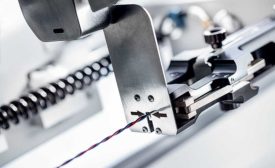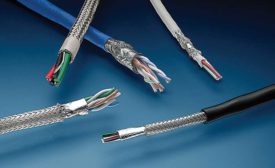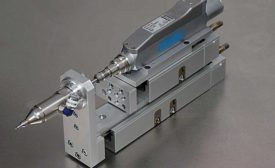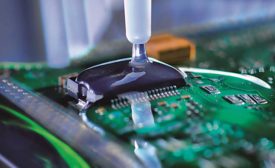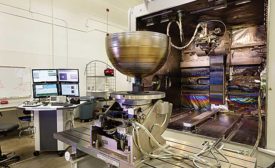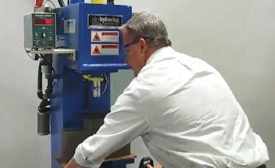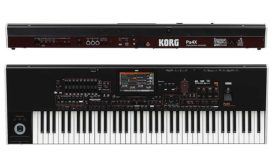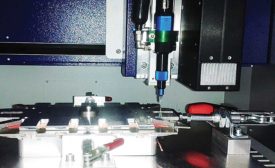Industries
A new generation of equipment is helping harness assemblers meeting growing demand for twisted pair cables.
Read More
Commercial Protocols and Aerospace Cabling
Industry-standard cables may not possess the desired mechanical or environmental performance needed for aerospace applications.
July 5, 2017
Feeding and Driving Small Screws
Specialized equipment is needed to feed and drive very small screws.
July 5, 2017
Dispensing Fluids for Portable Electronics
Manufacturers need equipment versatile enough to accurately dispense materials ranging from thin adhesives to thick solder paste.
July 5, 2017
3D Printing With Metal
Engineers have more options than ever to create production-ready parts.
July 5, 2017
Never miss the latest news and trends driving the manufacturing industry
Stay in the know on the latest assembly trends.
JOIN TODAY!Copyright ©2024. All Rights Reserved BNP Media.
Design, CMS, Hosting & Web Development :: ePublishing
